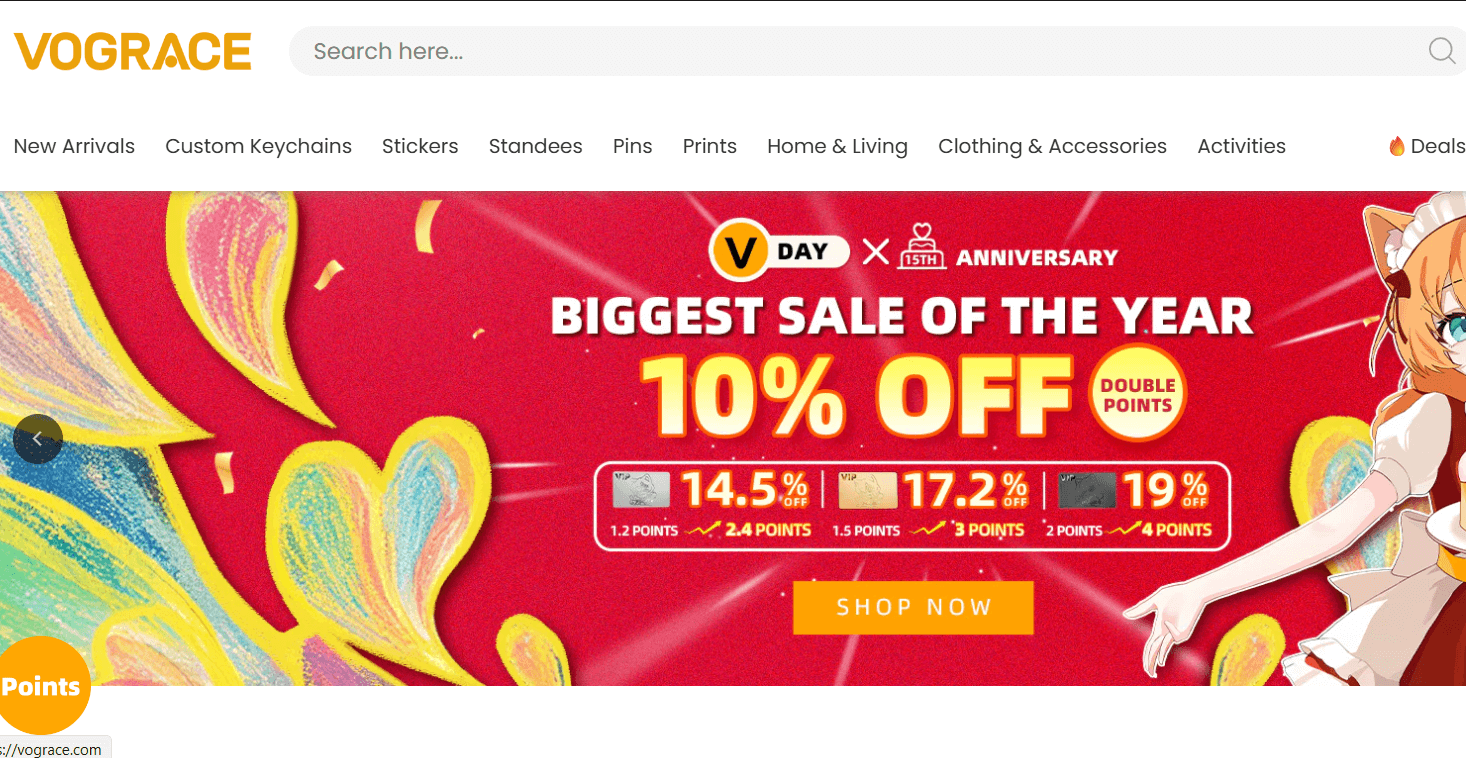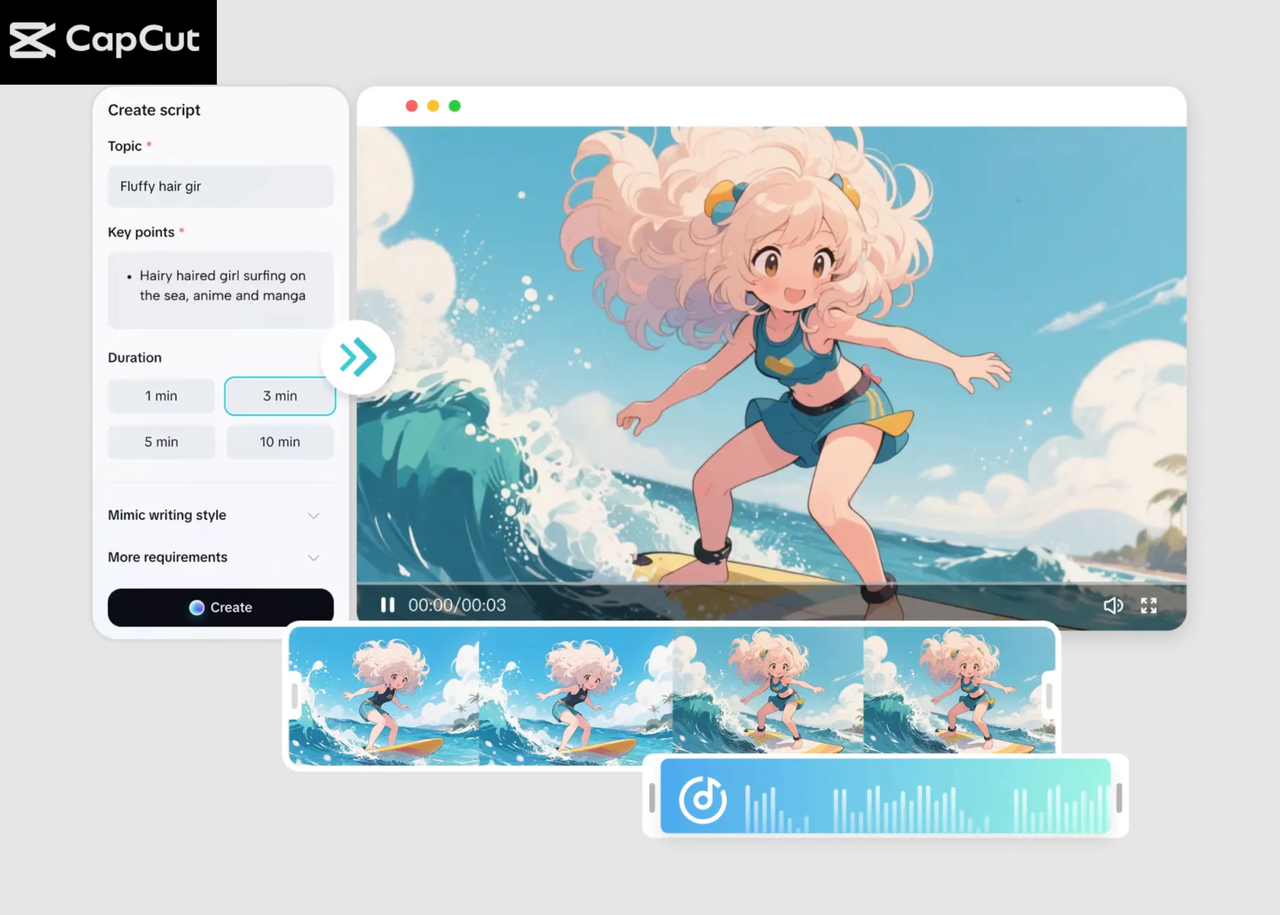As the demand for digital art increases in the market, selling your digital artworks can be a lucrative source of income. Even though the competition is fierce, success is attainable. We have summarized the smart tips on how to sell digital art more effectively for you.
Key Takeaways:
- Continuous improvement of your basic art skills underlines your eye-catching portfolio and impactful online presence.
- Planning and researching what type of digital art you prefer to sell can lead you to the right audience, compared to focusing on the profit.
Also Read: 8 Best Digital Art Software: Advantages and Disadvantages
Tips from Professionals to Sell Digital Art Online
Art Circle, a community composed of professional artists, believes that personal branding plays a key role in the growth of artists and in building customer trust. When you have a strong personal brand as an artist, it can communicate your values and attract the right audience. However, there are some other tips you can follow to stay relevant in the marketplace.
1. Keep Polishing Your Skills
 Polishing Your Art Skills (Source: Freepik)
Polishing Your Art Skills (Source: Freepik)
Some artists are desperate to meet their audience to introduce their artworks. But the desperation tends to distract you from the most important thing as an artist.
Improving art skills is the foundation of building a portfolio and job opportunities, not the other way around. It is because your audience, or people in the marketplace, are attracted to impressive artworks.
That does not imply ignoring the necessity of having a presence online, but an artist’s skills often speak louder than popularity. In fact, many professional artists tend not to have a strong online presence because they’re constantly studying and refining their craft in every way possible.
So rather than getting caught up in trying to outsmart the algorithm, focus on your steady and personal growth to become better than you were just a moment ago.
Also Read: AI Arts, Where Do We Go From Here?
2. Grow Your Online Presence
 Online Presence (Source: Unsplash)
Online Presence (Source: Unsplash)
Can you make money selling digital art? Yes, you definitely can. But if no one sees your work online, the algorithm won’t work in your favor, and neither will your chances of reaching the right audience.
Engagement often matters more than follower count. It is usually what draws the algorithm to push your posts to the right audience. Appearance also plays a key role, as it’s often the first thing that captures people’s attention.
Make your profile picture and username as memorable as possible. This is often the first impression people get of you. After that, focus on quality over quantity. While many tutorials suggest posting frequently, what truly matters is the strength of your artwork. Job opportunities and audiences don’t count your uploads. They notice the value in what you create.
Posting online lets you build your portfolio while gradually attracting the right audience. To make the most of it, choose platforms that align with your goals and allow you to present your work professionally. Prioritize spaces where your art can be appreciated and credited properly.
To protect your work, use a custom watermark with your artist signature in a distinctive font. Place it somewhere difficult to remove, like over important visual elements such as the eyes of your artwork. That way, your ownership remains clear.
Also Read: Do You Want to Build a Successful Artist Website? Here Are Some Advice for Art Professional
3. Know Where To Sell Digital Art
 Where to Sell Digital Art (Source: Vograce)
Where to Sell Digital Art (Source: Vograce)
There are plenty of online platforms to market your digital art. And while many tips on how to sell it focus on the potential profits, they often skip over the practical steps to actually get there. Of course, making money matters, but building the right foundation is key.
Start by researching your niche to find the best place to sell digital art for your work. For instance, some artists publish their creations through print-on-demand services like Amazon Kindle Direct Publishing, where digital files can be sold as e-books, paperbacks, or even coloring books.
Others upload their digital or traditional artwork as PNG files to platforms like Vograce, which turn them into accessories, such as stickers, keychains, tote bags, and more. It’s a simple way to diversify your reach without managing production yourself.
Another route is offering art commissions through platforms like Patreon, Gumroad, or VGen. This works best if you already have solid online engagement. If not, you’ll need to actively promote through your existing social media networks like Instagram or X.
Lastly, it’s a smart move to prepare a clear and organized price list using tools like Carrd or Google Docs. That way, potential clients understand the service breakdown, from the difference between a sketch and a rendered headshot to how many revisions they can expect per order.
Also Read: 20+ Inspiring and Famous Graffiti Artists Across the Globe
Ready to Sell Your Digital Art?
There is a lot of advice on how to sell digital art you may find on the internet, but the most important foundation is still your skills. Try to improve them, including the typography, as you build your portfolio and engage with your targeted online audience.
If you are stuck on how to improve the typography in your artwork, visit Creatype Studio and explore the font collections for excellent digital art. Carve one or two fonts in your digital art and succeed in capturing your audience’s attention to achieve the best profit in your sales.




